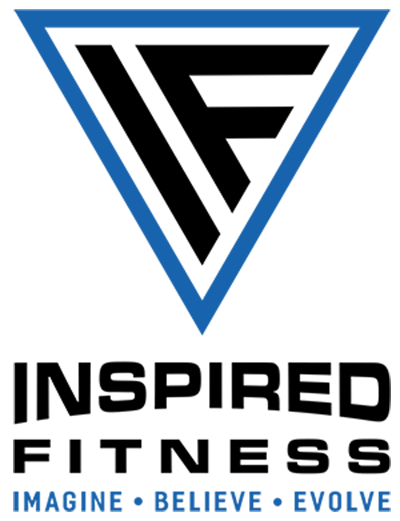How To Train With A Debilitating Disease - PART 2
Inflammation Is The Enemy - The Challenges of Gout
As a continuation of my previous post regarding the challenges that my client Brodi faces as someone who has debilitating tophaceous gout, I’ll address a few of the general considerations that are important for the way we train.
Firstly, we have to navigate flares. Because he very strictly avoids known food triggers, flares are generally unpredictable, so we have to remain flexible. While we do develop specific training programs where workouts and all training variables are deliberately chosen for the specific adaptation we’re currently after in his overall big-picture training journey, there will be situations where he can’t and frankly should not train as scheduled. Similarly, there are days where we will trade around workouts to focus on what makes the most sense at the moment.
Secondly, the presence of tophi within and around some joints in his wrist, as well as hands and elbows will influence his relative grip strength, and the need for grip modifications, for example from an underhand or supinated grip to a hammer or neutral grip.
For some lifts, we even use lifting straps to significantly reduce the strain on his grip, and allow the use of heavier loads that we would be able, without strap assistance.
Range of motion around specific joints, compound movement stability and mobility and relative flexibility can all vary from day to day, so we constantly perform light-weight “evaluation sets” for every exercise to see what his available range and ability to stabilize are.
Given the generalized stress from his busy career and physical stressors of gout, we also pay close attention to energy levels and strength to help make decisions during workouts as we are aiming for sufficient challenge to stimulate adaptation, without pushing toward a dangerous or high-injury risk state.
For anyone suffering the chronic effects of gout, but wanting to achieve and maintain appropriately-high levels of fitness, it’s therefore important to consider a range of factors. It is important to note than none of the factors which I describe below, or recommendations provided are intended to diagnose or treat gout or associated disorders. The specific advice and guidance of your physician and wider healthcare team should guide all disease treatment physical exercise activities, and nutritional modifications and practices:
(1) Foremost among them, is working with your primary care physician or rheumatologist for appropriate disease management therapies, and flare management
(2) Get to know your external (for example specific foods, alcohol) and internal (for example emotional stress) triggers which might precipitate a flare or attack and do your best to avoid or manage these triggers
(3) Evaluate your energy and strength levels prior to each workout and train within your safe limits
(4) Challenge factors such as tempo, rest periods, and number of reps before increasing weight to reduce direct stress on joints
(5) Be mindful of unusual joint discomfort that might signal an emerging issue or flare, and avoid aggravating the involved joint where possible
(6) Adjust your setup, range of motion, grip, weight, rep range, or exercise selection as necessary in general and specifically each training session
(7) Allow flares to considerable subside or completely disappear before training muscles around affected joints, and in some cases, prior to training at all
Overall, training with any physically debilitating disease can be incredibly challenging and frustrating in terms of achieving the goals which you set for yourself. However, there are opportunities to achieve the best physique which is safe and appropriate for you, with diligence, a good measure of patience, appropriate medical care, and a positive mindset.










We all have a sense that highly-processed foods aren’t exactly healthy for us. BUT, did you know there is a classification of foods (really products) that are called Ultraprocessed Foods orUPFs?
Chances are you aren’t aware of what this specifically means and the types of additives that are included during processing.
In Part 1 of this 2 Part Blog, we’ll review what ultraprocessed foods are, the top 3 reasons why you eat ultraprocessed foods in the first place, the 4 keys to grocery shopping to minimized process food consumption and how ultraprocessed foods have become a part of our culture - from the Hawaiian perspective.
Enjoy!